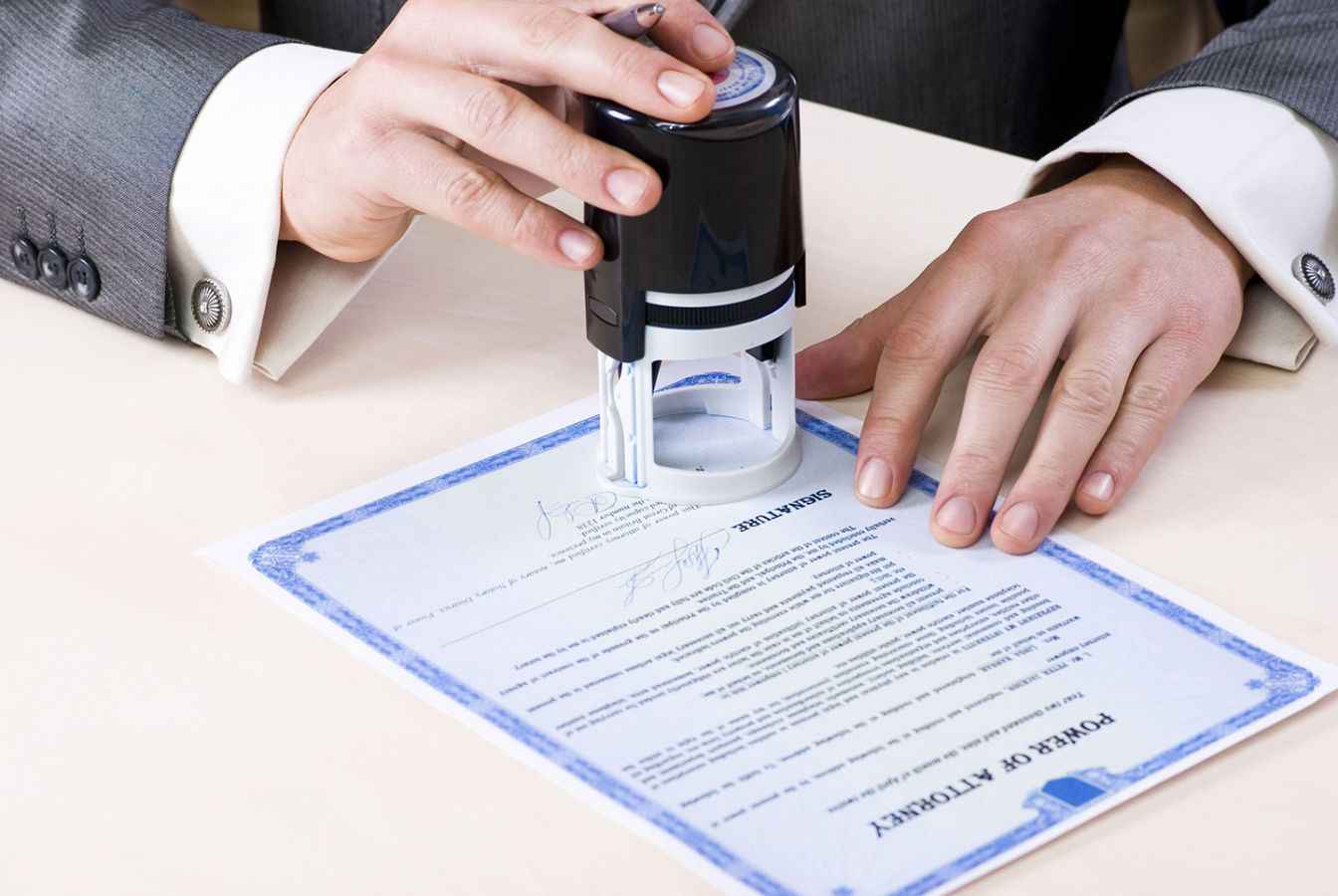The Undeniable Business Case for Sourcing Vintage Wholesale
The contemporary fashion landscape is undergoing a seismic shift. Consumers are increasingly rejecting fast fashion’s disposable ethos in favor of authenticity, sustainability, and unique self-expression. This cultural movement has transformed the market for pre-loved garments from a niche interest into a powerhouse industry. For retailers, boutique owners, and online resellers, this presents an unparalleled opportunity. Tapping into the supply of bulk vintage clothes is no longer just an alternative; it’s a strategic business decision driving significant profit margins and customer loyalty. The demand for vintage branded clothing is at an all-time high, with iconic logos and timeless designs from decades past commanding premium prices.
Beyond the compelling aesthetic appeal, the financial incentives are clear. Sourcing second hand clothing wholesale offers a lower cost-per-item compared to new inventory, dramatically increasing potential profitability. Furthermore, each piece tells a story, offering a marketing narrative rich with nostalgia and character that new garments simply cannot replicate. This inherent uniqueness means less direct competition and the ability to cultivate a dedicated customer base that returns frequently to discover new one-of-a-kind items. A reliable retro clothing supplier does more than provide stock; they provide a curated inventory that can define a brand’s identity and set it apart in a crowded marketplace.
Navigating the Source: Finding a Premier Vintage Clothing Supplier
Success in this niche hinges entirely on the quality and reliability of your supply chain. Not all sources are created equal. The key is to partner with a professional vintage clothing supplier that understands the nuances of grading, authenticity, and current market trends. A top-tier supplier, like wholesaleterranovavintage.com, operates with a transparent process, offering thoroughly sorted, cleaned, and graded garments. This level of professionalism is crucial; it ensures you receive wearable, sellable pieces instead of unsorted bales of questionable condition. They handle the labor-intensive work of curation, allowing you to focus on sales and branding.
When evaluating a potential partner for wholesale second hand clothesvintage branded clothing in a lot is essential for planning your stock and pricing strategy. For a global audience, especially those targeting the Spanish-speaking market, a supplier that lists ropa vintage al por mayor is actively catering to a diverse and growing clientele.
Strategies for Success: Curating and Selling Your Bulk Vintage Inventory
Acquiring used clothes in bulk is only the first step; the art of curation is what transforms inventory into income. Effective sorting and categorization are paramount. Segment your haul by genre (e.g., 90s sportswear, 70s bohemian, workwear), by brand, and by condition. Highlighting premier items as part of a branded vintage wholesale collection can create anchor products that draw customers into your store, both physical and digital. High-quality photography is non-negotiable; capturing the unique details, fading, and fit of each garment tells its story and justifies a higher price point.
Understanding your target demographic is critical. A store located in a trendy urban area might focus on high-fashion vintage branded clothing from designers like Levi’s, Champion, or Tommy Hilfiger. An online store might find success specializing in a specific niche, such as band tees or vintage denim jackets. The beauty of sourcing from a large-scale wholesale vintage clothing operation is the sheer variety available, allowing you to test different markets and refine your brand’s focus. Pricing strategically—balancing the cost of the lot, the rarity of the items, and the perceived value—will maximize your return on investment and establish your store as a destination for quality vintage.
Blog




